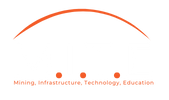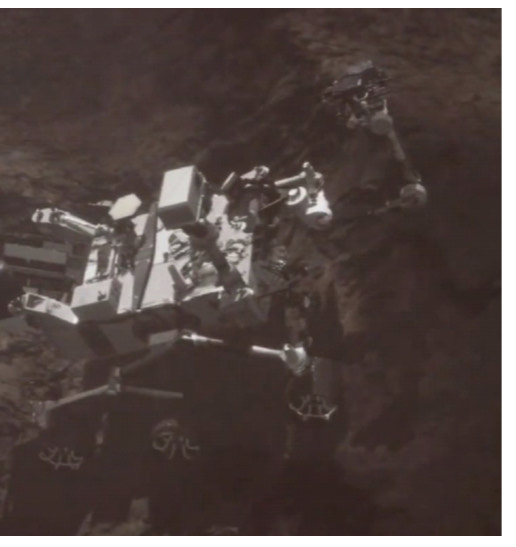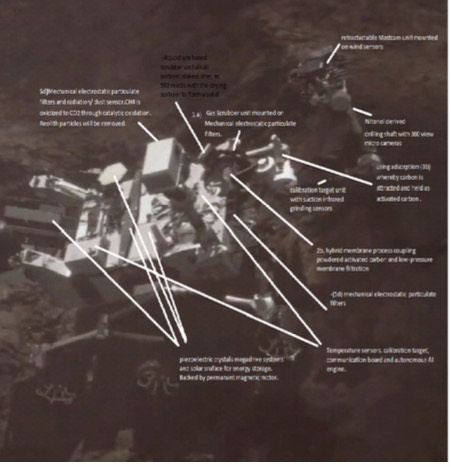
Research & Development


LIADA Lunar Rover
M.I.T.E is a non for profit clean technology mining entity, that focuses on retro-fitting mining equipment to be electric and operate under conditions conducive to the operations of the product. This has led us to design the LIADA rover, a lunar mining rover driven by artificial intelligence.
The rover’s engine, sensors and trenching shaft are composed of nitinol and propelled by a piezoelectric crystals megadrive system. Thus the nitinol and piezoelectric crystals megadrive systems generate high-frequency vibrations for efficient drilling and impact operations.
- The first contaminant is the lunar dust, which is composed of about 50%SiO2, 15% Al2O3, 10% CaO,
10%MgO,5%TiO2and5-15%iron. - SiO2-Using , Mechanical filters, Gas Scrubbers, and Other Mechanical electrostatic particulate filters.
- Al2O3- desiccant sorbent-catalytic beds Mechanical electrostatic particulate filters.
- CaO- desiccant-sorbent catalytic beds, PLSS trace contaminant control system.
- MgO-airlock air reclamation and filtration.
- CO2 scrubbers Depressurization vents Volatile separators, depressurization vents,
- TiO2 and iron-mechanical electrostatic particulate filters.
- After reducing the contaminants of lunar dust, the rovers will have a higher rate of success to remove H2S, NH3, CO, C2H4, SO2, CH3OH, CH4 and traces of regolith particles.
- H2S- hydrogen sulfide will be removed by Gas Scrubbers(1a.), and Other Mechanical electrostatic
particulate filters.
- NH3-ammonia will be removed by (2b.)hybrid membrane process coupling powdered activated carbon and low-pressure membrane filtration.
- CO carbon monoxide– using adsorption (3b) whereby carbon is attracted and held as activated carbon which can then attract other contaminants.
- C2H4 ethylene gas-(3b) through adsorption from the activated carbon.
- SO2 sulfur dioxide- (4c)sodium based scrubber and alkali sorbent such as slaked lime, as S02 reacts with the drying sorbent to form a solid. (preserved as molecular oxygen by dissociative double ionization).
- CH3OH methanol -(5d) mechanical electrostatic particulate filters
- CH4 Methane and traces of regolith particles – CH4 can be oxidized to CO2 through catalytic oxidation. Reolith particles will be removed as described above with the lunar dust removal process and Mechanical electrostatic particulate filters.
In conclusion, other mechanisms such as zeolite or activated carbon beds could absorb gasses like H2S, NH3, CO, and SO2. Catalytic Conversion: Some contaminants, such as ethylene and methanol, could be broken down into less harmful components using catalysts. Cryogenic Separation: For gasses like methane, a cryogenic separation process could be employed, condensing it into a liquid state for removal.
These potential techniques are outlined in research by Dr.Kristin Wood of NASA/USRA university.
The LIADA rover is comprised of Shape Memory Alloy (SMA) properties of Nitinol for actuation and manipulation tasks. Nitinol wires or strips can serve as lightweight and compact actuators that can change shape upon the application of heat, allowing for precise and efficient movements in confined spaces.
In the harsh lunar environment, where low temperatures prevail, Nitinol’s ability to return to a pre-programmed shape after deformation due to temperature changes can be particularly advantageous. Nitinol actuators can provide precise control and mobility to impactor rovers, enabling them to navigate rugged lunar terrain and reach targeted impact sites accurately. Piezoelectric megadrive systems can enhance the drilling and excavation capabilities of impactor rovers, allowing them to extract samples from various depths and analyze subsurface materials for water ice and other resources.
Newsletter Updates
Learn about our commitment to driving innovation in mining, infrastructure, technology, and education.
